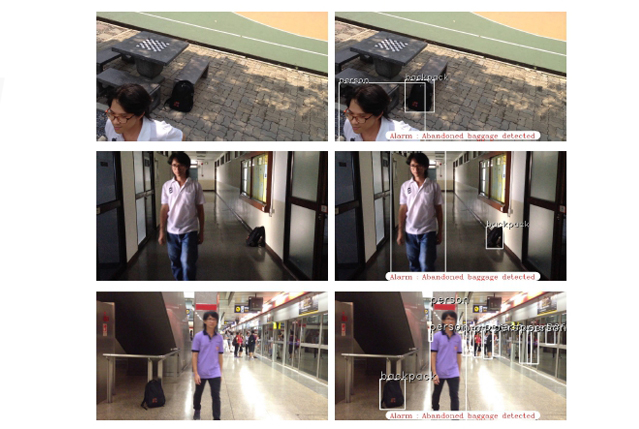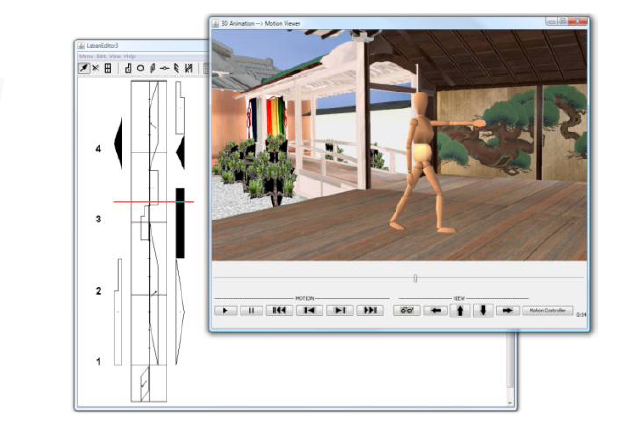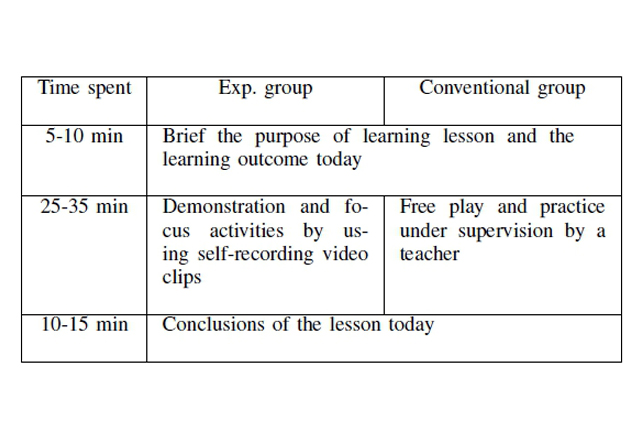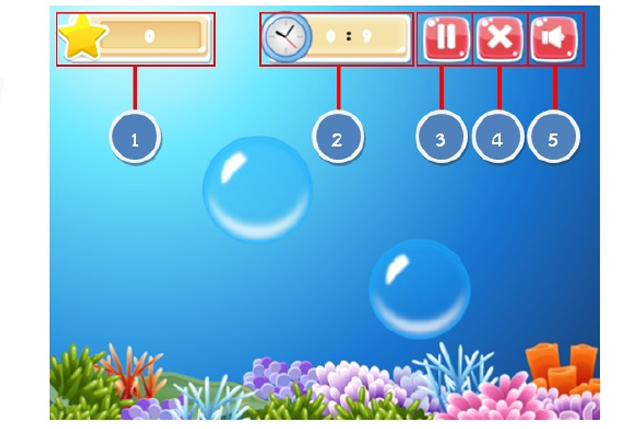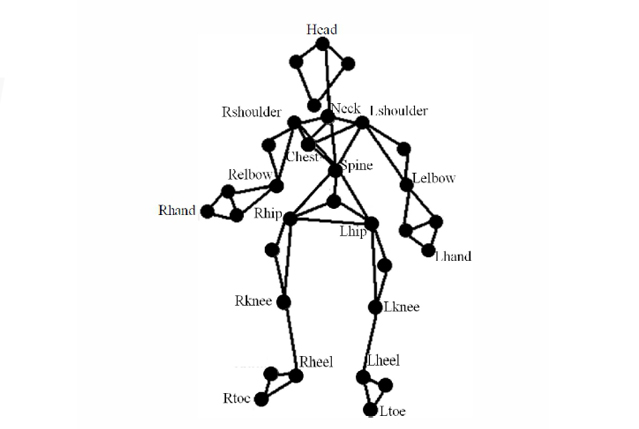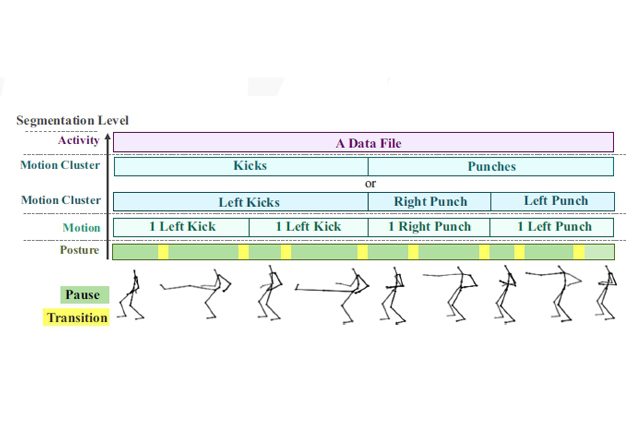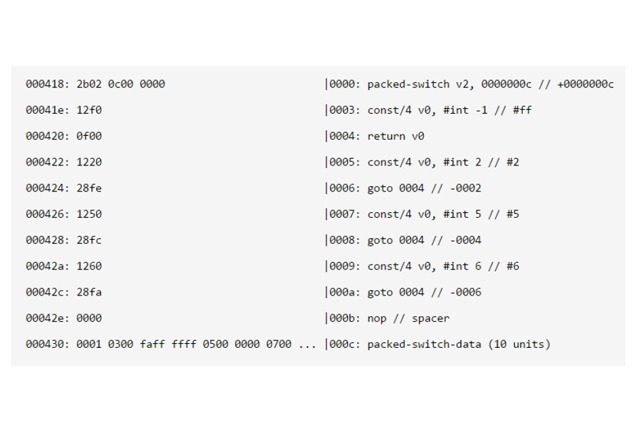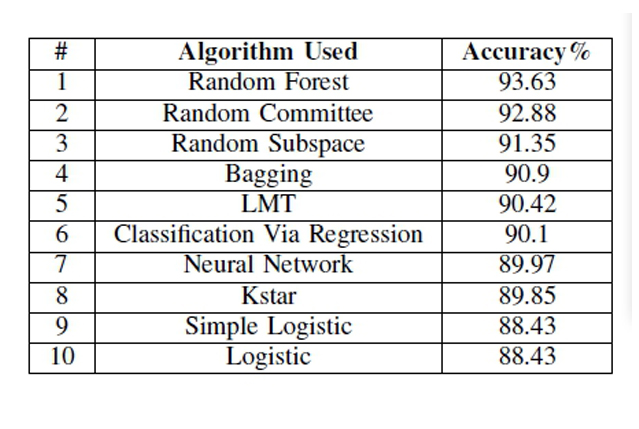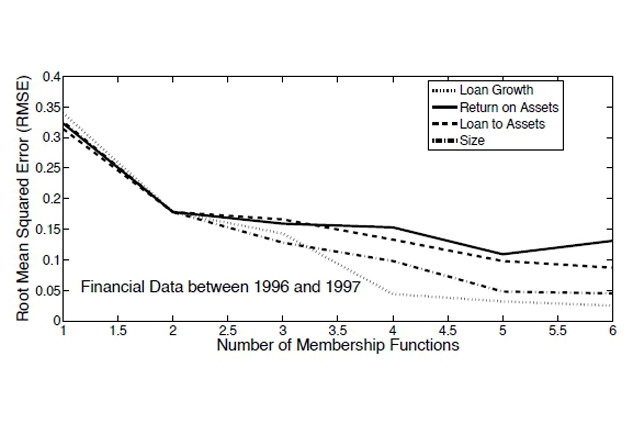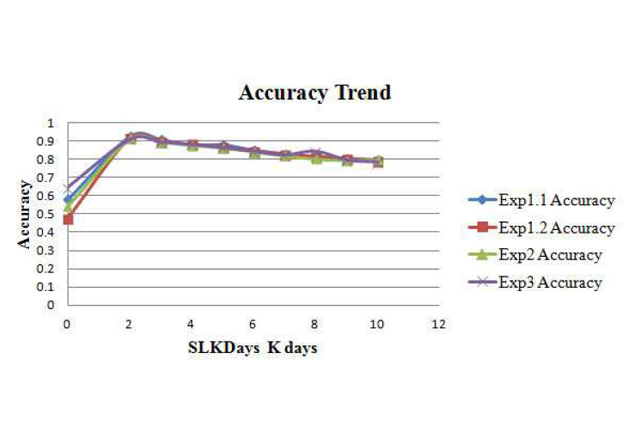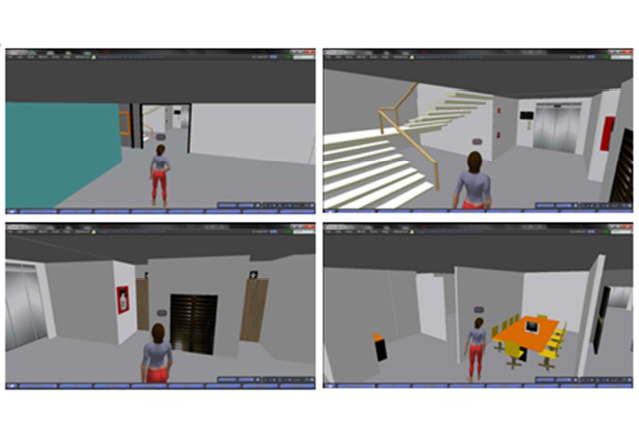AUTHORS: Shefali Sachdeva, Non Member, IAENG, Romuald Jolivot, Non Member, IAENG, and Worawat Choensawat, Non Member, IAENG
ABSTRACT: Due to the remarkable increased popularity of android based smart phones, the rise in malware targeting these devices is clearly visible. In this paper, a machine learning based technique is proposed to classify android applications in three classes based on the confidence level defined as safe, suspicious and highly suspicious. In this paper, 35 features are extracted and selected from Mobile Security Framework based on penetration testing. A set of experiments has been conducted on the scale of 14,073 android applications which includes 10,000 android applications downloaded from apk-dl.com, 3041 malware and 1032 benign applications. In order to compare the accuracy of the classification model, a ground truth of the confidence level is created by using VirusTotal. The proposed method can detect and classify android applications into three confidence levels with 81.8% accuracy. Experiment for binary classification, classify as being malware or benign,has yielded 93.63% accuracy.








